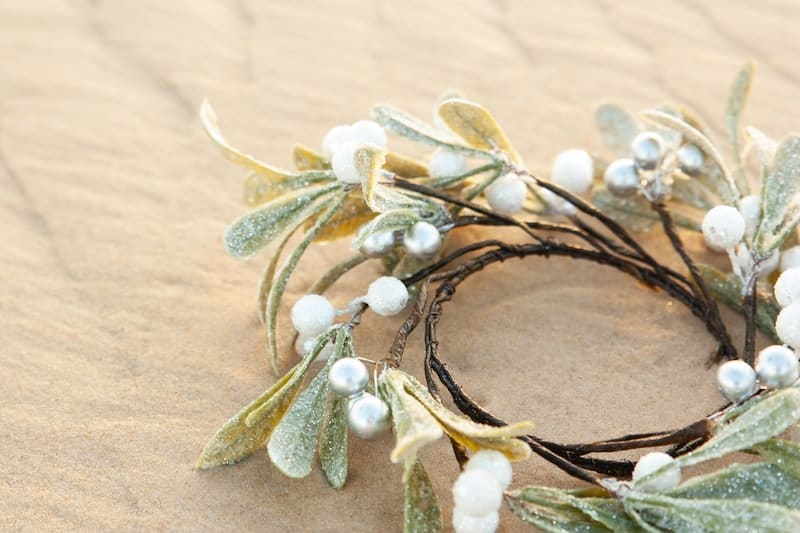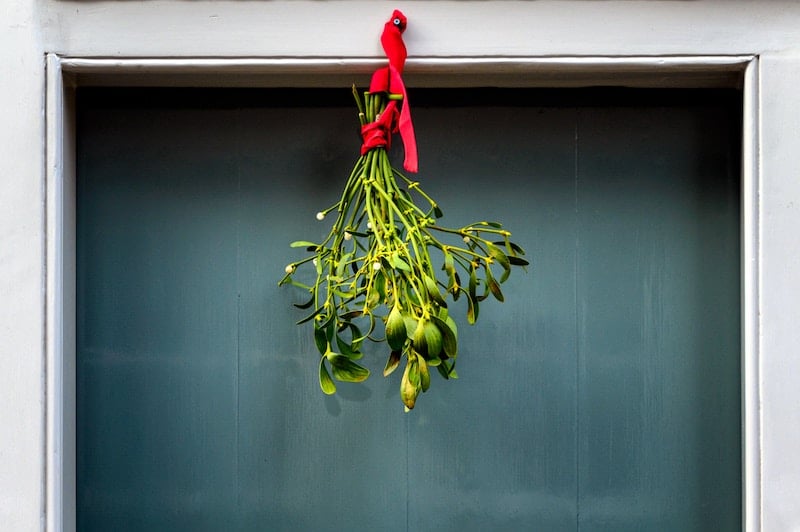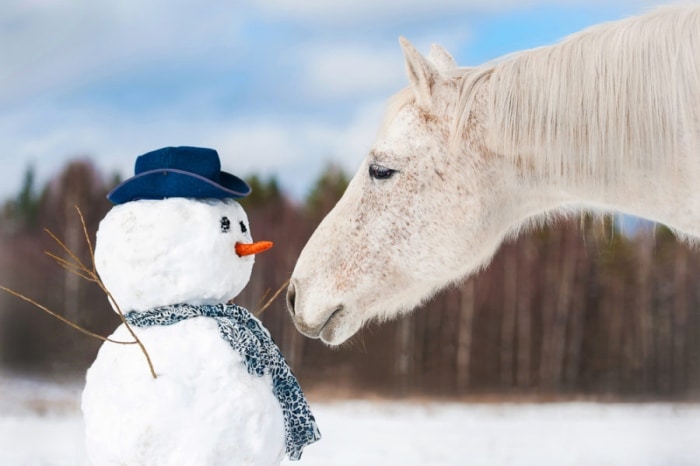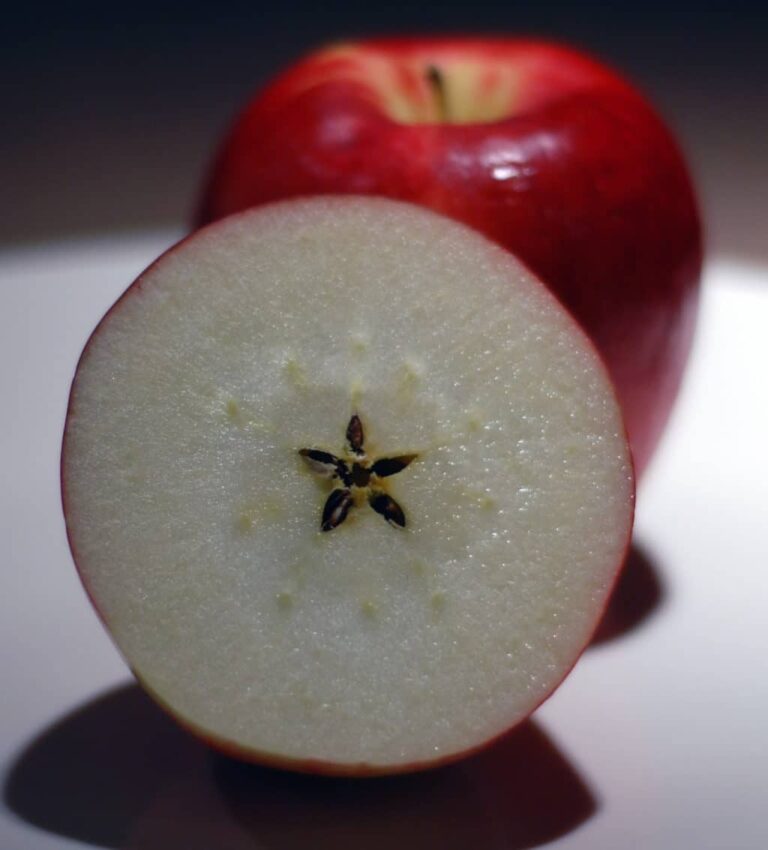Mistletoe is a fascinating and magical plant that has been associated with the Christmas season for centuries.
The origins of this tradition can be traced back to the ancient Druids, who believed that mistletoe had the power to ward off evil spirits and bring good luck to those who hung it in their homes.
The tradition of hanging mistletoe over the family table during Christmas is said to have originated in England in the 18th century. It was believed that anyone standing under the mistletoe would receive a kiss, and that this would bring good luck and happiness in the coming year.
Mistletoe has always been considered a symbol of love and friendship, and its association with Christmas has only added to its magic and wonder. In fact, mistletoe has been the subject of many legends and myths over the years, with some cultures even believing that it had healing powers and could cure illnesses.
Despite its many associations with magic and the supernatural, mistletoe is a very real plant that grows on the branches of trees. It is a parasitic plant that feeds off its host tree and is often seen as a symbol of the power of nature and the importance of interdependence.
So, the next time you see mistletoe hanging from the ceiling during the Christmas season, take a moment to appreciate its rich history and the many traditions that have grown up around it. Who knows, you might even find yourself standing under it, waiting for that special kiss!”

What will you learn in the article?
Mistletoe from the point of view of Christianity
Christian tradition talks about mistletoe quite differently. It was a separate tree from which St. Joseph made a cradle for Jesus Christ. However, the cross on which Jesus was crucified was also made of the same wood. Because of this, the tree fell apart in shame, and only small branches remained. They were supposed to bring happiness to people as an atonement for what happened.
Discover the meaning of Advent candles and be prepared for this year’s holidays. We bring you all the details.
Discover similar tips
The most famous tradition is mistletoe
If you’ve been living with the idea that the only tradition associated with mistletoe is a kiss, you were wrong. Mistletoe has a much more comprehensive meaning and is the bearer of happiness and fertility for the whole family.
It must hang!
Christmas mistletoe must always hang in the home, not in a vase. The attachment also shows how mistletoe grows on trees.

A silent wish
The family’s father is usually in charge of hanging a sprig of mistletoe over the family table to bring prosperity and happiness to everyone. However, whoever wishes for something must whisper it into the first lighted candle on the table, and then his wish will be granted.
Gold colour
Green twigs that appeared on trees during the winter brought wonder in old Germanic or Celtic cultures. That is why the priests cut them from the trees with golden sickles. Today, this resembles another of the traditional colors of mistletoe – gold.
Donated mistletoe
If you bought a beautiful green mistletoe, give it to someone you love. It will come back to you in good hands.
Infertility
Our ancestors already discovered the beneficial and healing effects of mistletoe. They used mistletoe mainly for the treatment of various diseases, including infertility. Here, it was believed that the mere presence of mistletoe in the house would help everything.
A matchmaker or conciliator
Since the mistletoe berry has a very sticky consistency, it was believed that it could bring two people together or mend a quarrel between them.
Happiness in the house
The Celts already believed in the power of mistletoe and hung it in their homes. Mistletoe was supposed to bring warriors luck, love, and courage. The symbolism of the mistletoe is welcome in households where they long for offspring. Mistletoe protects the house from fire and, in the past, also from bewitchment.
Kissing under the mistletoe
The kiss under the mistletoe comes from England. The earliest mention of this custom is from a musical comedy called “Two to One.” This custom originated around 1720.
In the first book version of “Christmas Carols,” published in 1843, illustrations of kissing under mistletoe appeared, which may have contributed to the popularization of this custom.
The original custom was to pluck a berry from a mistletoe sprig before the person could kiss, and when all the berries were gone, no more kissing could take place! The Celts believed a man could kiss any woman who passed under the mistletoe, so limits were set over time.
Superstition preaches that a man can kiss, but with each woman, he plucks one berry; the last one is left on the branch, and the kissing stops. The mistletoe is kept until the following year so that love does not disappear from the house.
The name mistletoe comes from two Anglo-Saxon words, “Mistel” (meaning dung) and “tan” (meaning twig or stick). So mistletoe can be translated as “buckthorn on a stick.” That’s romance.

Come and remember the story of Jesus with us. Why does he bring gifts to us, and what does he look like? You will learn everything!
Interesting facts about mistletoe
Where did mistletoe come from? It is a plant that clings to the bark of a tree from which it draws water and minerals, but the green plant takes care of photosynthesis itself. It can be said that it is a kind of parasite that attacks trees and subsequently profits from them.
Depending on the host tree species, mistletoe’s properties differ fundamentally. Some are poisonous, others won’t take where others do.

If we mention the healing effects of mistletoe, please do not apply it yourself at home. Mistletoe is highly poisonous, especially its seeds. The fact that green parts are used in pharmacy requires skillful hands and expert knowledge.
However, mistletoe can heal. It helps with psychological problems, stimulates blood circulation, and strengthens the heart and immunity. It also has results in the field of cancer treatment.
Beautiful Christmas trinkets will guide you through Advent in the spirit of old traditions. Come and remember them with us.
Now, we have learned everything about mistletoe traditions. We learned where it came from and what legends are attached to it, and we also briefly reviewed all the traditions that this green plant, recognized from ancient times until now, has. So don’t forget, buy your green mistletoe today and give it to someone; your loved ones will surely think of you with love.


 Milan & Ondra
Milan & Ondra



 Central Europe
Central Europe Eastern Europe
Eastern Europe Northern Europe
Northern Europe Southeast Europe
Southeast Europe Southern Europe
Southern Europe Southwestern Europe
Southwestern Europe Western Europe
Western Europe